(CLO) On March 24, the second round of negotiations between Russia and the US took place in Riyadh (Saudi Arabia), witnessing the US's shuttle diplomacy role in seeking common ground between Russia and Ukraine.
The results of the negotiations continue to show fundamental differences in the views and positions of the parties. It is clear that there are still many obstacles on the way to finding peace for Ukraine.
There are many differences between the parties.
As in the first round of talks, the parties remain divided on how and what conditions to impose on the conflict in Ukraine. The US wants an immediate ceasefire along the line of contact, while Russia needs Ukrainian troops to withdraw from Russia’s constitutional borders.
Moreover, as soon as the participants in the negotiation process agreed on a partial ceasefire and the conditions of the ceasefire, at the same time the fighting continued to escalate, forcing the negotiating parties to start over from scratch.
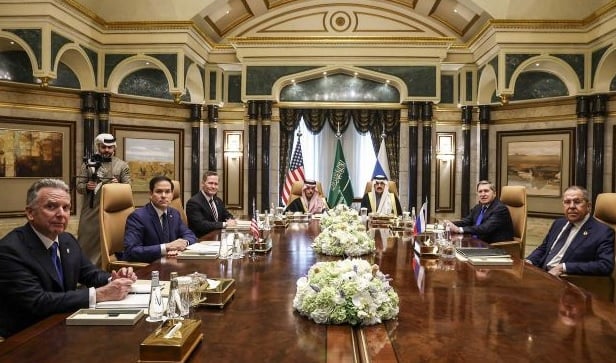
The US and Russia held their first talks in February. Photo: GI
Currently, there are two streams of analysis and comments from experts. Some believe that the negotiations on Ukraine will probably continue until US President Donald Trump is completely frustrated with the current deadlock and loses interest in the topic. If no breakthrough is achieved in the 4th and 5th rounds of negotiations, the risk is that the next meetings in Saudi Arabia will be so bad that they will no longer be noticed and will reach a dead end.
Some other, more optimistic opinions believe that there is no need to expect any breakthrough results in the current context, because the negotiations are in the initial stage, to understand each side's views and positions. This is essentially a technical meeting and there will be dozens of such contacts until optimal conditions are found for the parties involved in the conflict.
Once the technical details are agreed, then the sides can discuss specific details about a turning point for the Ukraine issue, such as agreeing on a comprehensive ceasefire or a summit between President Donald Trump and his Russian counterpart Vladimir Putin.
Clearly, the road to peace in Ukraine is long and thorny. At the moment, it is worth paying attention to the statements made about holding regular negotiations and what levers the US side can use to put pressure on both Moscow and Kiev.
America cares about interests when negotiating
The main topic of the second round of talks was the discussion of the renewal of the Black Sea Initiative, which coincided with the US-Ukraine agreement on rare earth metals. This is despite the fact that the US has very little interest in the Black Sea, which has never been an area of US presence or influence.
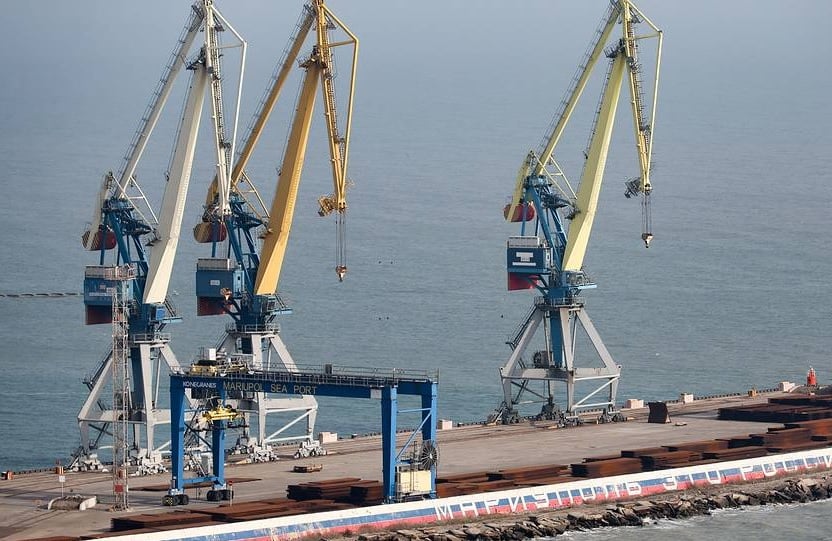
A recent round of talks has resulted in a ceasefire in the Black Sea. Photo: Dmitry Yagodkin/TASS
Details of how the US will protect its energy infrastructure, namely by transferring it to US control, are also emerging. This once again shows that the Trump administration will always prioritize commercial projects that bring profits to the US, even when war and peace are being decided. In other words, the US continues to bring to the negotiating table topics that it cares about, which may not lead to new progress on a peace treaty.
Meanwhile, the final communiqués released by the Kremlin and the White House have different content. This shows that the agenda of the US-Russia negotiations behind closed doors is still a question mark. According to the Kremlin, the grain deal will only come into effect when sanctions against Russia are lifted. In particular, this involves lifting restrictions on financial institutions involved in international trade in food and fertilizers, being connected to SWIFT, opening the necessary accounts, etc.
However, the US cannot lift sanctions on Russia alone, and any easing of sanctions on banking or trade would require the participation of the European Union (EU). Since Russian banks were cut off from SWIFT under European sanctions, the EU would have to approve any decision to allow them back into the network.
More talks needed in the future
In Kiev, Ukraine’s military-political leadership and domestic observers still hope for continued resistance with the support of the European Union and the United Kingdom. Moreover, there is a belief in Kiev that if military operations continue to escalate next summer, Russia will need a new phase of mobilization. This could cause protests in Russian public life, weakening Russia from within.
However, beyond all the disagreements between the Kiev government, European countries and the US position, the positive signals from the US-Russia negotiations are undeniable. The US-Russia dialogue process itself and the parties’ interest in listening to each other are very important.
After the meeting in Riyadh on March 24, both delegations expressed their desire to continue holding meetings, while expanding the scope of their participation. It is possible that the United Nations will be involved in future negotiations, as was the case in 2022, when it acted as a guarantor of the “grain deal”.
Source: https://www.congluan.vn/con-duong-hoa-binh-cho-ukraine-ngon-ngang-tram-moi-post340251.html








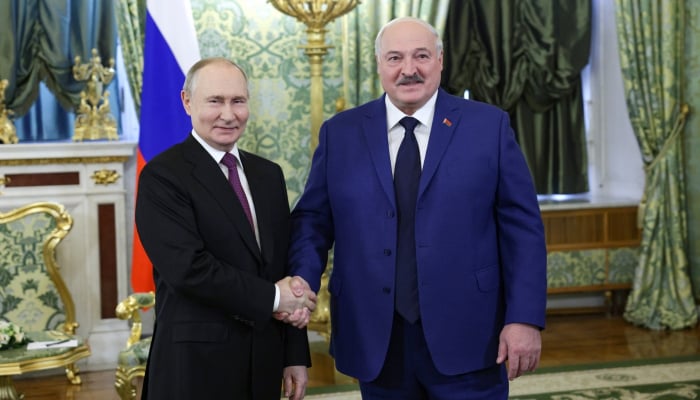
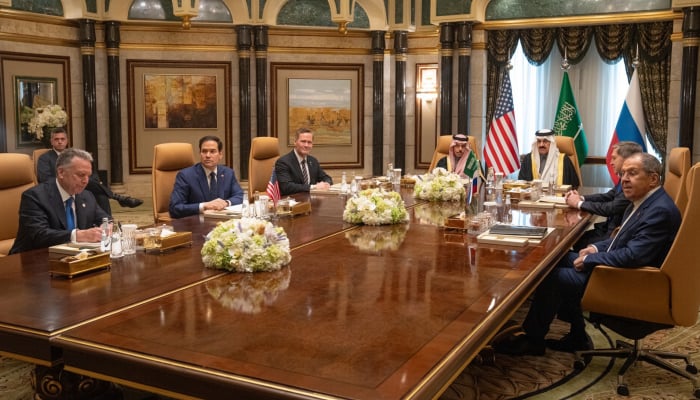
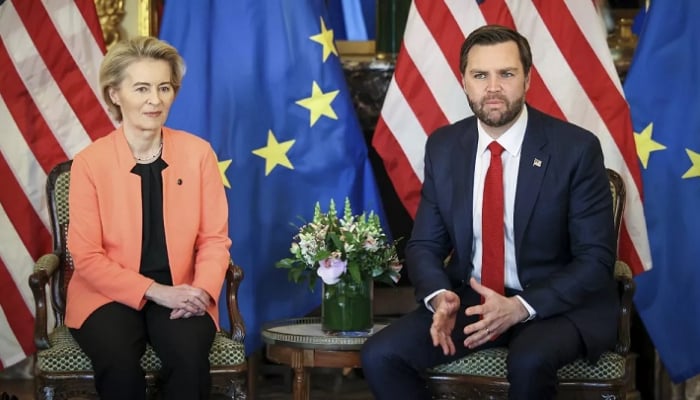
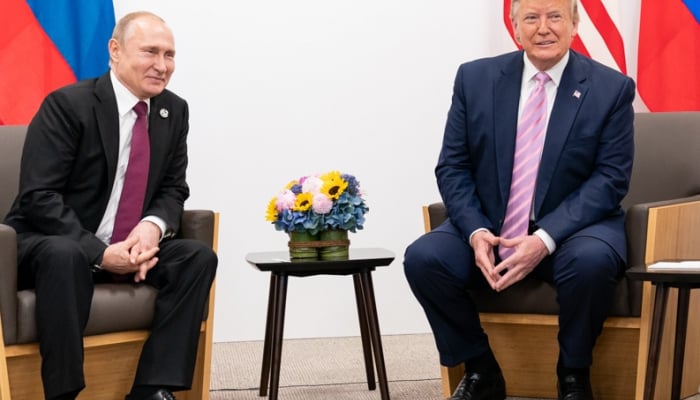
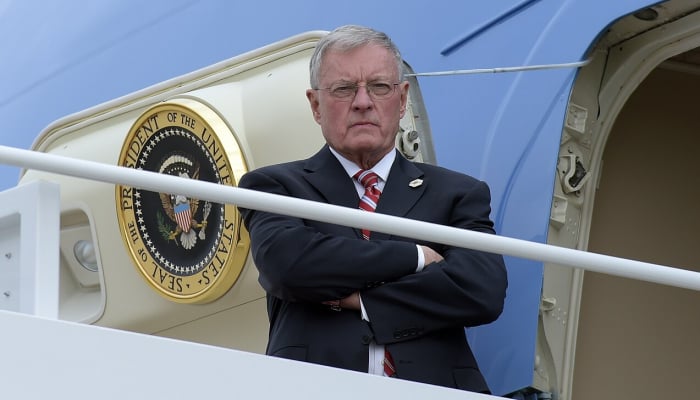

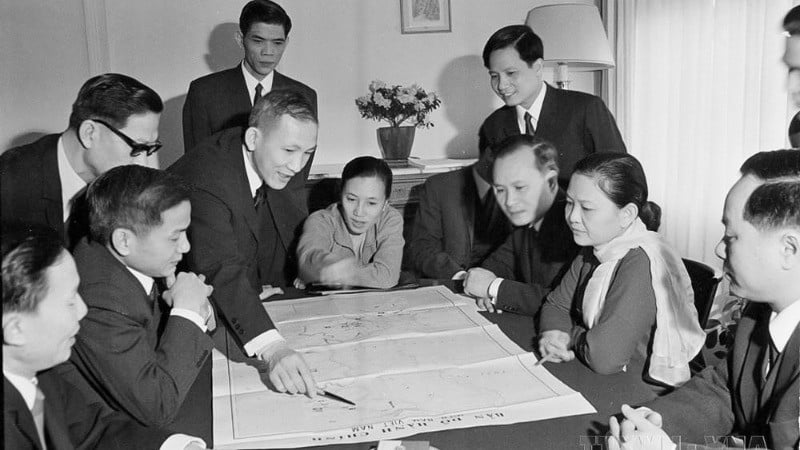
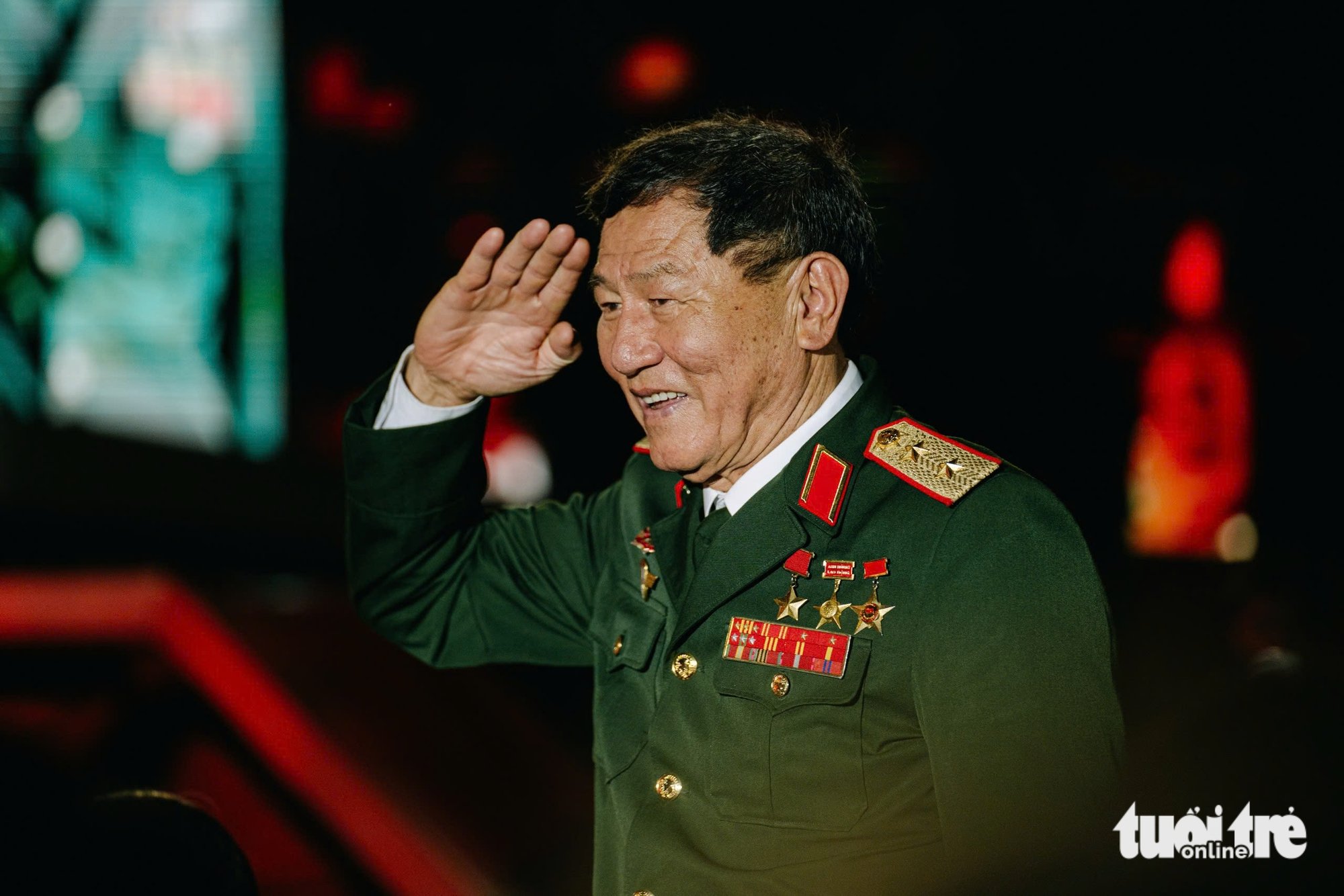


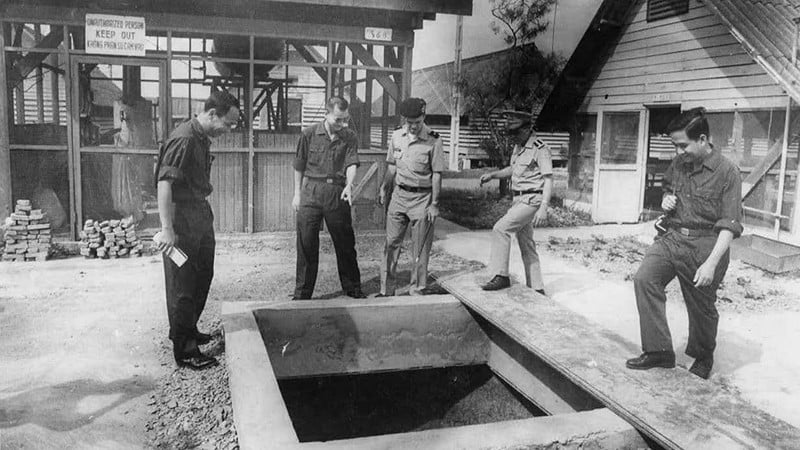
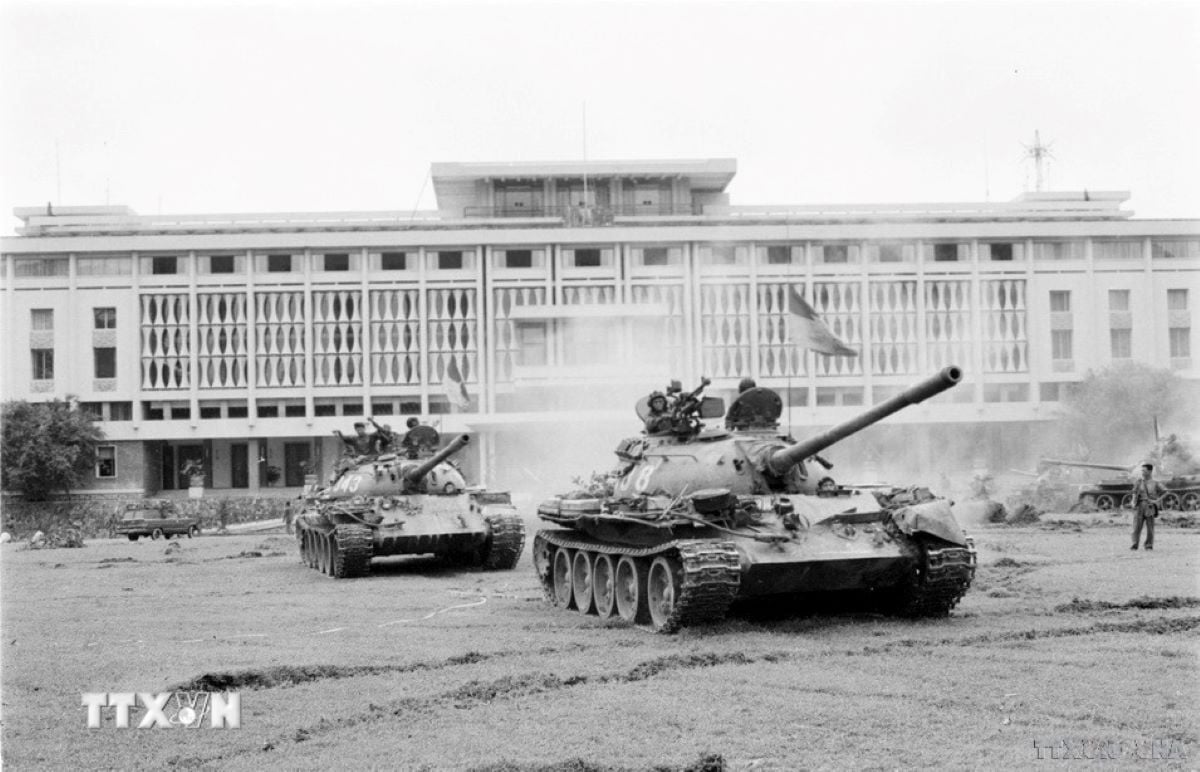





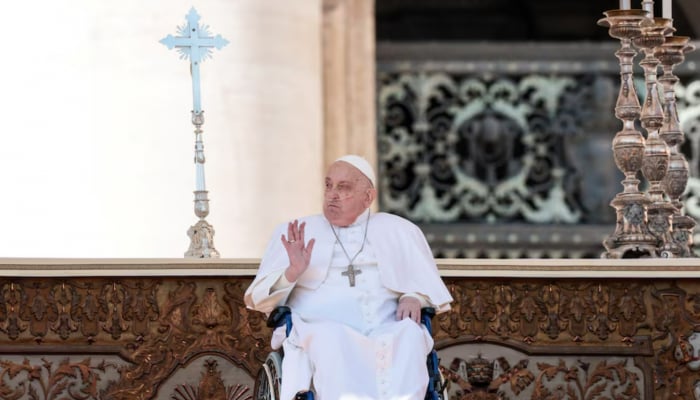




![[Photo] "Beauties" participate in the parade rehearsal at Bien Hoa airport](https://vstatic.vietnam.vn/vietnam/resource/IMAGE/2025/4/11/155502af3384431e918de0e2e585d13a)






























































Comment (0)